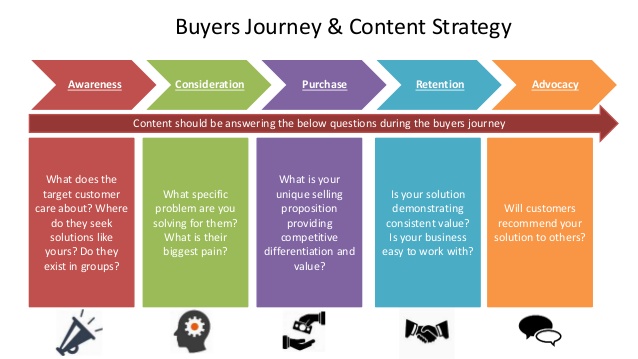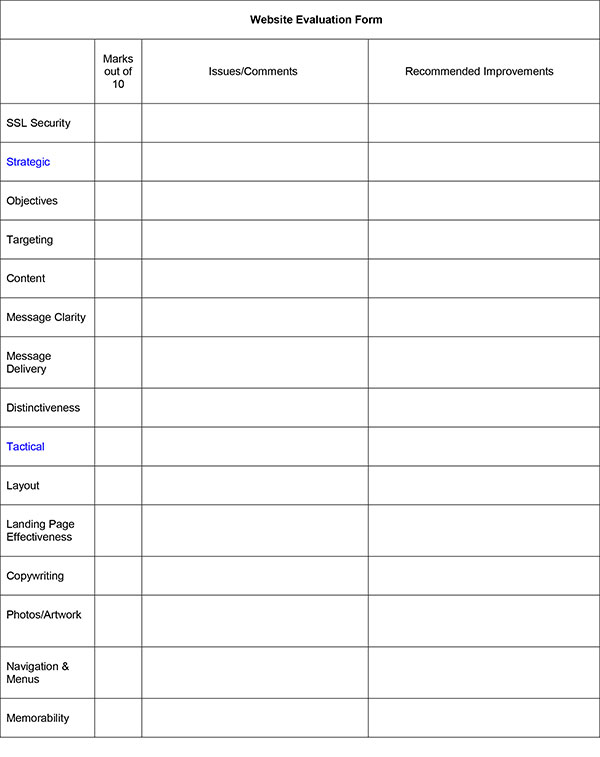The Buyer’s Journey
Marketing is a philosophy that is customer centric.
Making what you can sell. Not selling what you can make.
The idea being if you produce a product or offer a service which you know in advance matches your customer’s needs closer than anybody else, then it’s a question of getting the next stage variables correct to make an irresistable offering. Product/Service always comes first. Then the other 6 variables: People, Price, Communications, Place, Proof and Process.
Although many businesses sell what they make or offer, they only perform at a fraction of their potential.
Professional marketing ensures a deep understanding of how the customer’s mind works, and the buying journey they take. Knowing this enables the company offering the product/service to influence it with pinpoint precision. Saying and doing all the “right” things to stimulate the cutomer to buy from you. It is

Trying to persuade customers to see things your way to sell them something, is not Marketing. That is cold selling and is an uphill (and often expensive) struggle that produces a fraction of the results Marketing does. Correct Marketing creates an
environment for “hot selling” because the knowledge of how your customers think and react to stimuli enables you to design an offering requiring little persuasion. They already want what you’re offering, so why would you need to persuade them ?
Stimuli can be physical, psychological or both. That’s not to say there are elements of Marketing that cannot be persuasive through special strategies and tactics. There are. It’s just that swimming with the tide, is a lot easier and more effective than designing methodologies to swim against it.
The above may seem obvious but when questioned how they know they are allocating resources optimally to accord with the above 99% of small companies defer to “experience”. This is a common trap because while experience is important, relying on experience alone is a recipe for disaster. Experience is never comprehensive and can lead to complacency, markets are fluid as trends and technologies change, and major variables are not static. Environments change.
Numerous firms were asked how they would use the different activities below for a contribution to their profits.

What are the chances of allocating the correct amount of planning, effort and funding to the most important activities for your business in the right quantities without knowing what effect each activity will contribute to your short, medium and long term profitability ?
And once known what the correct order/combination of activities are, would you know how to implement each selected activity to best effect ?

How important is it you know ?
Many small businesses may consider themselves so small that the above activities are too involved and belong in the realm of larger companies with large budgets.
That is why it is important to know which activities could benefit you most (there may be 3 or 4 key ones), what returns you can expect, and when, by investing the right funding, with the correct execution, in the areas that are relevant for you.
